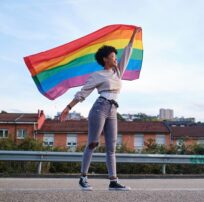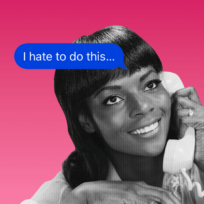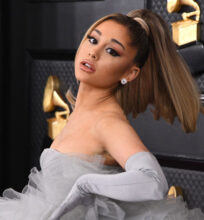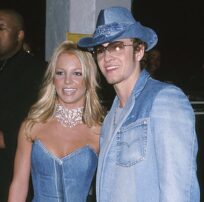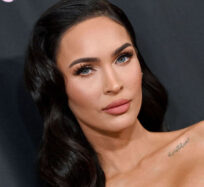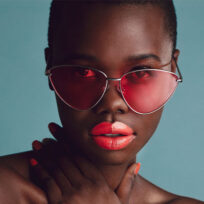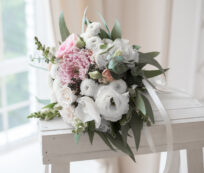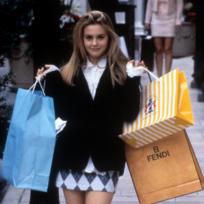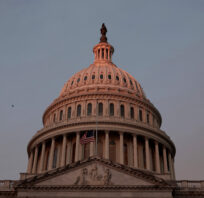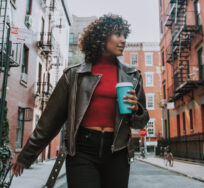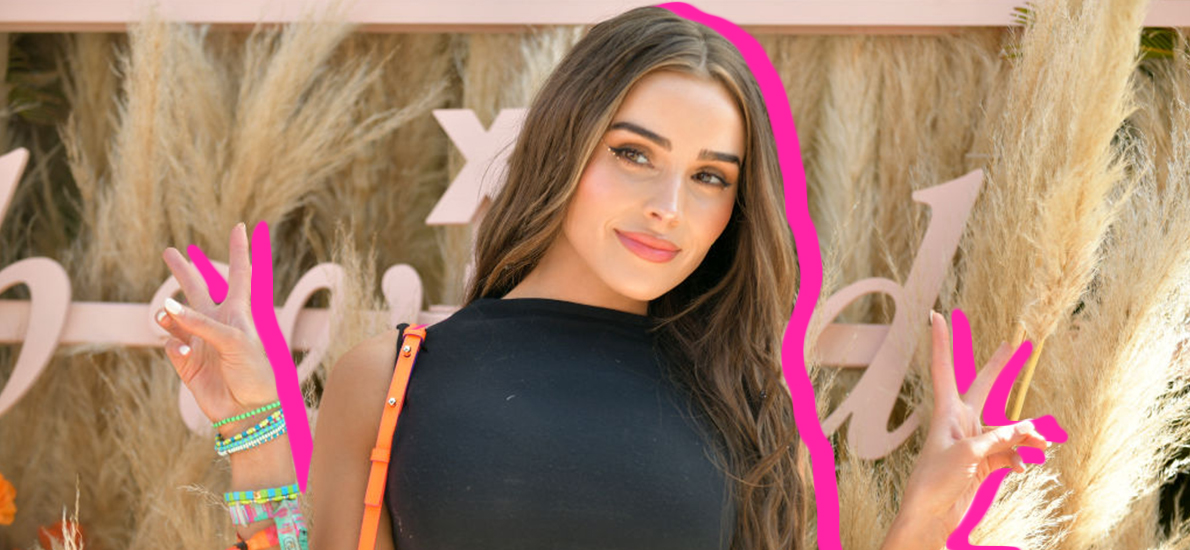If you live under a rock or aren’t on TikTok, then you may have missed Fyre Festival’s bougier cousin, or Revolve Fest 2022. According to Raissa Gernoa, Chief Brand Officer of Revolve Group, Revolve Fest is “a celebration of life and living it to the fullest,” and what a celebration it is. Getting one of those coveted invite-only tickets to attend the exclusive, star-studded event is what some influencers’ dreams are made of. In addition to a $2,000 stipend to shop the site for the perfect ‘fit ahead of the event, the chance to rub elbows with the likes of Kim Kardashian, Timothée Chalamet, and Sydney Sweeney, you get to dance the afternoon away dance to acts like Post Malone, Jack Harlow, and Willow Smith. So when, this year, influencers started posting about people “shoving” each other to get onto shuttles, looking for a small slice of shade, and not having enough food and water, it stripped away the sparkle of an otherwise glitzy event. What people saw in the aftermath of Revolve Fest were a bunch of whiny, self-righteous influencers who were upset about not being able to go to a party—and with this crack in the facade, it fueled more calls into questioning the entire culture of aspirational influencers.
For the better part of a decade, the aspirational influencer served as an escape from the everyday complexities of life. With a combination of picture-perfect imagery and storytelling, influencers allowed their followers to get lost in a world of daydreams. We would watch them jet-set around the globe, get invited to the most exclusive parties, and give us show-and-tell sessions in the form of try-on hauls. For many, it served as a fun escape, but in 2020, that escape stopped being so fun. As most of the world locked down, many became outraged watching their favorite influencers flaunt their privilege and make justifications as to why the rules didn’t apply to them. From popular mommy blogger Naomi Davis of Love Tazi packing her family in a van and driving from NYC during the height of the pandemic, fashion blogger-turned-fashion-designer Arielle Charnas fleeing NYC for the Hamptons after testing positive for COVID, and a host of other influencers complaining about trips being canceled and brand deals being halted, it felt like Kim losing her diamond earring in the water while we yelled, “there’s people that are dying”.
With all these realities smacking us in the face, it served as a moment of reflection. From employment to relationships, many people started to question the directions of their lives and if what they once valued was really important. The realities of the pandemic and the protests of the summer of 2020 made more people hungry for collective action and conversation. They wanted their favorite influencers to use their voice to amplify those messages. But many would again be disappointed as a lot of influencers chose to stay silent in an effort to keep their feed cohesive and their platform apolitical. And in that disappointment arose a new kind of influencer.
WGSN coined the phrase “genuinfluencer” to refer to an influencer who creates traditional influencer content while also tackling the important topics of the day. These influencers have no desire to be “aspirational” and live their lives as they are, and the people who flock to them relate because they have the same shared experience. This style of influencer rose to popularity mainly on TikTok in mid-2020 by simply sharing what they were doing during lockdown and sparking real conversation—something that was a breath of fresh air from the curated Instagram feed—and by the protests during that summer, they would dominate the influencer space giving their opinion, using their growing platforms to share educational resources and organization tangible actions.
The appetite people have for the “genuinfluencer” shows no signs of slowing down, as more people want to know exactly where the influencers they follow stand on issues of race, social justice, and most recently, reproductive rights, with some choosing to do research before deciding to hit the follow button. And big brands have been taking notice. Major players in this new category of influencers like Dutch (@dutchdecc), known for his “Day in the Life” style videos, who recently partnered with Ebay; Drew Affualo (@drewaffualo), who’s known for her takedowns of misogynists on TikTok and who landed a podcast deal with Art 19; and a host of TikTokers who report the news being invited to the White House for a press briefing on the war in Ukraine. Many aspirational influencers are attempting to just now make the pivot, only to have their content look like curated realism, forced, and in some instances, performative.
As more people move toward curating their feeds to see more of this new wave of influencers, where do ones who create aspirational content fit? Is there a place for this with this new landscape, or have they woken up from a self induced 10-year-long daydream?
Image: Rodin Eckenroth/Getty Images





